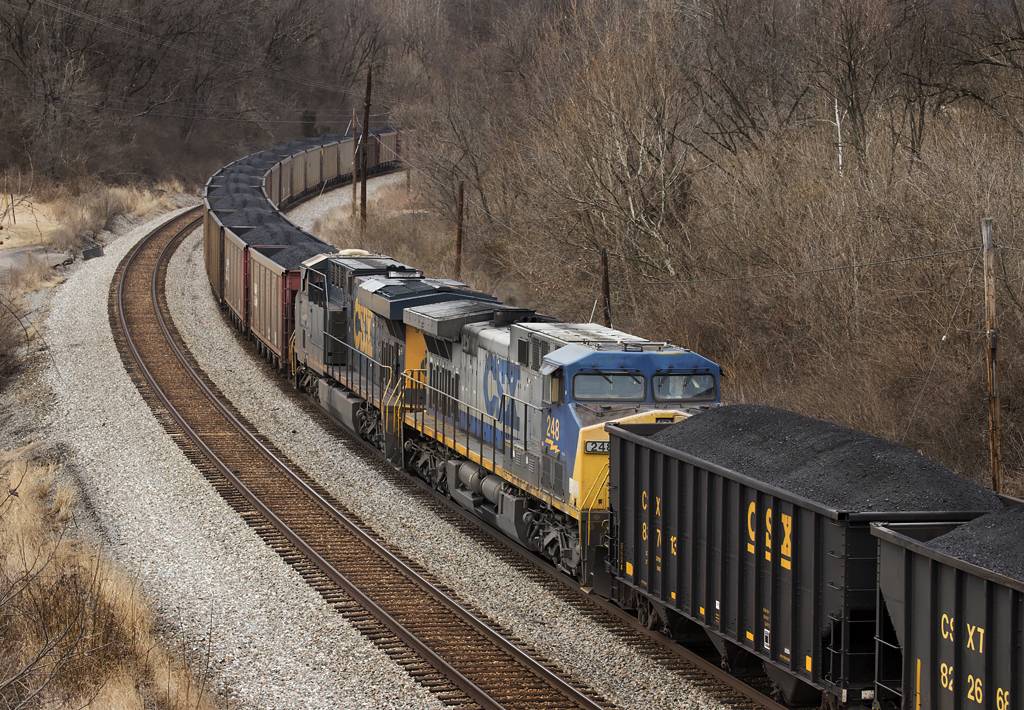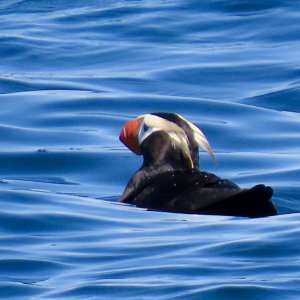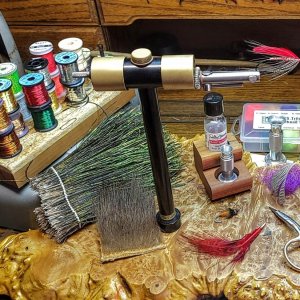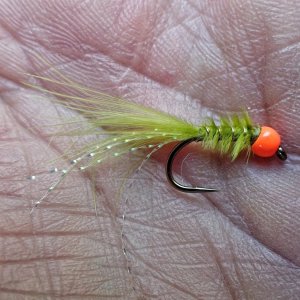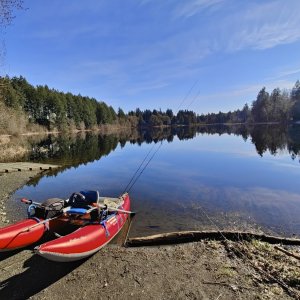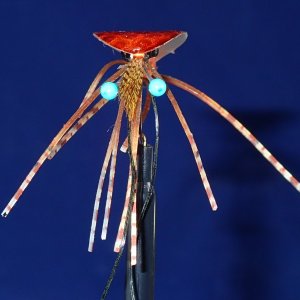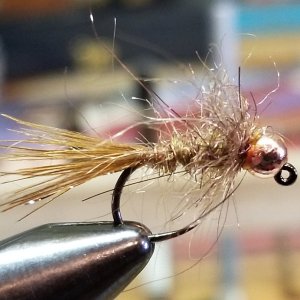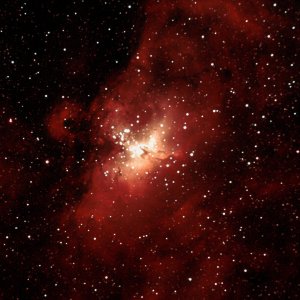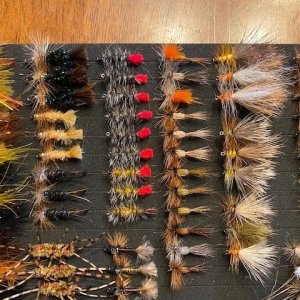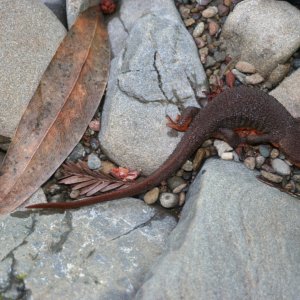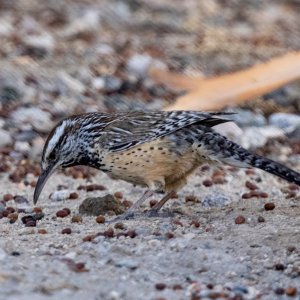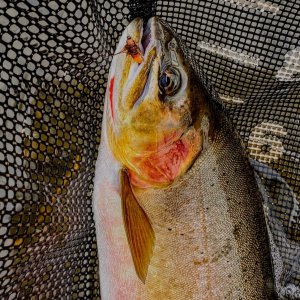From my office near the mighty Columbia river I can see the railroad running up both sides. I've noticed that almost every train has either engines in the middle or at the rear end helping the lead engine, sometimes both. What I'm wondering is if that rear engine is pushing some cars and the lead engine is pulling some cars, is there a car or cars in the middle that are basically floating? As in getting a little push and a little pull? I'm sure this is a silly question, but for some reason my mind just won't accept an obvious answer.
Follow up: If its more efficient to pull than to push why they don't break it into 2 trains and just pull on both? Aerodynamics? Simplicity?
Follow up: If its more efficient to pull than to push why they don't break it into 2 trains and just pull on both? Aerodynamics? Simplicity?

